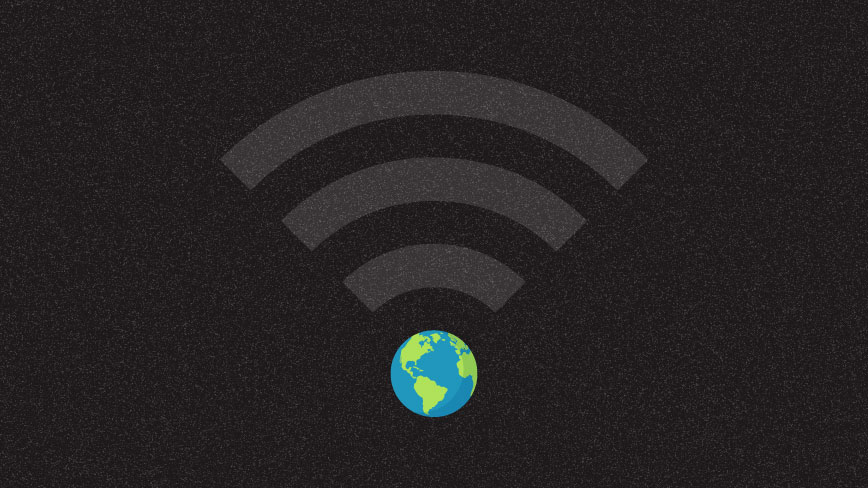Gain a clear understanding of the Internet of Things (IoT), from industrial to consumer use, and how the data generated from these devices can provide value.
A century ago, only the most imaginative futurist could envision a world where a coffee pot, alarm clock, and smart audio speaker would share information with one another. But we certainly live in this reality now, thanks to the network of connected devices collectively known as the Internet of Things.
Put simply, the Internet of Things (IoT) is a system of internet-connected objects able to collect and exchange data using embedded sensors, such as microphones, cameras, and GPS. Both IoT and digital marketing have grown in considerable ways, and now seem more destined to cross paths than ever.
Experts estimate that over 6.3 billion “things” globally are fitted with sensors and data-sharing capabilities, not counting traditional devices such as computers, laptops, and smartphones. These “things” are split between two categories: industrial/B2B IoT sensors and systems designed to optimize production and efficiency, as well as consumer devices sold at retail to make our lives easier. If you can imagine the billions of connected “things” now ingrained in our everyday lives, just picture the sheer volume of data generated from every interaction with these objects.
Brands and marketers’ ability to make use of the data that IoT devices produce has accelerated in recent years, and we envision it could soon enable breakthroughs that make products and their marketing more in tune with consumers’ needs than ever before.
To understand how we can get there, let’s first look at how far we’ve come.
The Internet of Things Comes Alive in 1999
The Internet of Things was first coined by technology expert Kevin Ashton in 1999. At the time, he was working on implementing radio frequency identification (RFID) chips in supply chain management so that humans no longer needed to manually input information into a computer. Instead, the “things” could send data to computer systems directly, enabling automation of both simple and complex functionalities.
For instance, a visual sensor on a production line could register the amount of goods produced in a day and send this data to a computer that would suggest how much raw material to order.
Industrial efficiencies like these represented IoT at its core, rooted in businesses and now making a stronger presence in the consumer’s everyday world.
Billions of “Things” Change How Society Works
Fast forward to today, the internet is integrated into objects we use every day. There are now 1.3 billion IoT sensors used in industrial settings. For example, sensors on machines and fleet vehicles can predict maintenance needs, preventing downtimes and lowering operating costs. Additionally, there are 1.1 billion non-industrial business IoT devices, such as “smart building” weather sensors and automated shades.
On the other hand, consumers own 3.9 billion personal IoT devices, which aim to make our lives more simple and convenient through the power of connected technology. These can range from fitness tracker wearables, to “smart” home products like remote door locks or security cameras, to a Bluetooth tracking device ensuring you never lose your keys again. Connected Dash buttons for popular brands like Bounty and Tide can be placed in your laundry room, allowing you to order your next bottle of detergent for delivery with the push of a button.
While companies like GE sell light bulbs to the consumer market that can interact with smartphone apps and other connected devices, they have also matured on the industrial front by selling analytics software designed to optimize machine automation through IoT-generated data. Similarly, every new connected car with built-in Wi-Fi hotspots or app integrations will broadcast user data back to manufacturers to help inform the latest tweaks for safety, efficiency, and performance.
In this way, both consumer-facing and business-facing brands have expanded the market for IoT devices while weaving a web of connected sensors and systems all throughout the world. In the future, connected networks will be able to coordinate fleets of self-driving cars to improve traffic flow or gather spot-perfect weather data from thousands of sensors placed around a city.
An Innovative Future in Sight for IoTs in Marketing
So far, marketing insights gleaned from IoT data seem much more robust on the industrial side, but the consumer sector could soon see interesting innovations. Just imagine a digital sign that retargets items based on a passerby’s browser history, or a gas pump that tailors its ad pitches based on where a car has traveled recently.
As this evolution continues to take place, there are certain concerns that marketers should keep in mind. Regulations and ethical considerations mean marketers must feel around for comfort levels as they expand IoT interoperability between user data and ad platforms. There are inherent risks of connecting devices, giving hackers a wireless avenue to access cars, medical devices, and home appliances.
Putting things in perspective, IoT devices are pumping out an unprecedented amount of data while analytics programs and marketing departments work hard to identify the best ways to use it all. Some clever use cases have arisen so far, but the most ingenious revelations gleaned from IoT datasets still lie ahead, as innovation and breakthroughs are just over the horizon.

